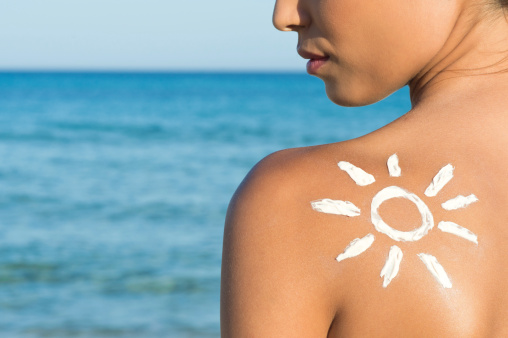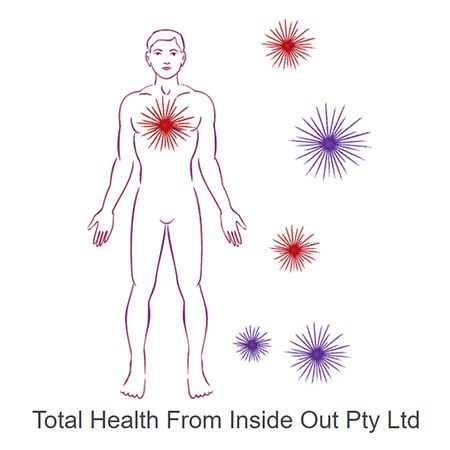
Slip, slop, slap is the message we’ve received for more than three decades. But is sunscreen safe? And how do we avoid the toxins that some sunscreens contain? Find out in this article.
Are You Vitamin D Deficient?
Despite Australia’s abundant sunshine, up to one third of us are allegedly vitamin D deficient. Women are more likely than men to be deficient, and as we age we are more prone to the condition. Other groups at risk are those who are overweight, shift workers, people who take certain medications and who cover up for health or cultural reasons.
A vitamin D deficiency can cause aches, pains, falls, fractures, weakness and fatigue.
Getting Enough Sun
Given the surprising rate of vitamin D deficiencies in Australia, it’s no wonder health experts are now encouraging us to soak up the sun, sans sunscreen, for around six to eight minutes a day.
Exposure should be in the mid-morning or mid-afternoon, to avoid the hottest part of the day.
Choosing a Sunscreen
Of course, if you’re planning a day at the beach or will be outside during the middle of the day, it’s still important to cover up with sunscreen. Cancer Council Australia advises using sunscreen to minimise skin damage caused by exposure to UV radiation from the sun.
The question is: which sunscreen should you use?
There are two sunscreen types available in Australia:
- Chemical sunscreens: these absorb UV rays to prevent skin damage
- Physical sunscreens: these contain titanium dioxide or zinc oxide and create a film over the skin to reflect UV light
If you decide to use a chemical sunscreen, be aware that they do contain chemicals (as the name implies). According to health blogger Sarah Wilson, these chemicals are “absorbed through the skin and end up circulating your blood stream. Not good.”
She advises the following steps:
- Check the label: try to avoid dioxybenzone and oxybenzone as they may disrupt hormones. PABA (para-aminobenzoic acid) can also cause allergic reactions in some people. Octyl methoxycinnamate has also been reported as an unwanted nasty.
- Check the sunscreen’s rating: while it doesn’t rank many Australian sunscreens, you can view a tipsheet on the Environmental Working Group website to find out which sunscreens are best.
- Be aware of nano particles: nano technology is a controversial topic, with concerns that the particles seep into our bodies via skin cells. The Cancer Council Australia says that “no one can say with certainty whether possible adverse health effects due to using nanoparticles in sunscreen are real – but neither can we say with certainty that they don’t exist.” You might like to use a nano-free sunscreen if you’re concerned about nano particles.
Cancer Council Australia also recommends choosing a sunscreen that has a sun protection factor (SPF) of 30+, is broad-spectrum, water-resistant and has a valid expiry date. They also advise using a sunscreen which is labelled ‘AS/NZA 2604:1998’, to ensure it meets Australian Standards.
The message is clear: enjoy your time in the sun, but choose your sunscreen wisely and remember to slip, slop, slap!









